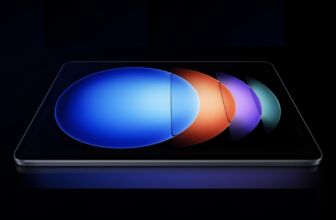
If at the presentation of Qualcomm's latest Snapdragon 888 someone doubted the performance upgrade compared to its predecessor, the Snapdragon 865, well today some very interesting news arrives directly from China.
Xiaomi Mi 10 overclocked vs Mi 11? The result will amaze you!
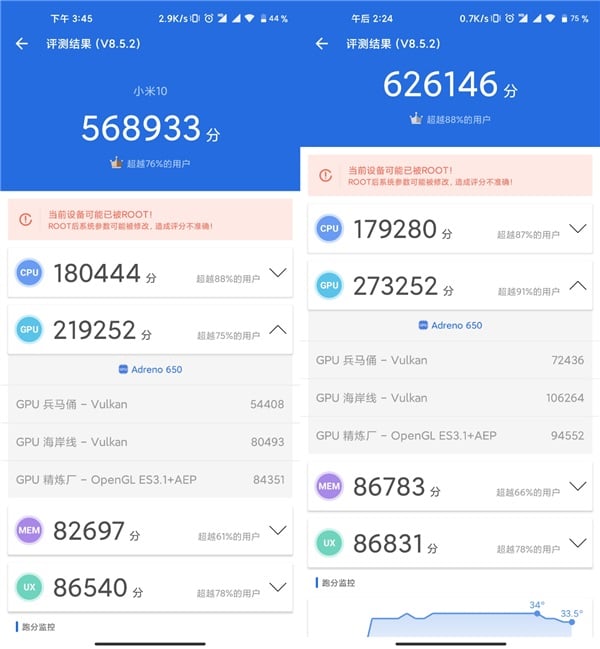
A popular Chinese site has in fact decided to test the differences in gaming performance between Snapdragon 888 and Snapdragon 865 using the KonaBess GPU overclocking software.
The two smartphones selected for the tests are the Xiaomi Mi 10 and the Xiaomi Mi 11. Through the KonaBess software, the GPU frequency of the Snapdragon 865 has been increased to 865MHz; basically the same as the highest frequency achievable by the Snapdragon 888.

After the first test on Antutu, the Xiaomi Mi 10 with Snapdragon 865 saw a significant improvement in the GPU execution score, from 21952 points to 273252 points, an increase of around 11%.
Also, whether it's Geekbench 5's graphical test or 3DMark's mobile test, the execution scores are all higher than the original: 3034 in OpenCL mode, 2954 in Vulkan mode, and 3DMark 3761. Taken together, the increase is by about 30%.
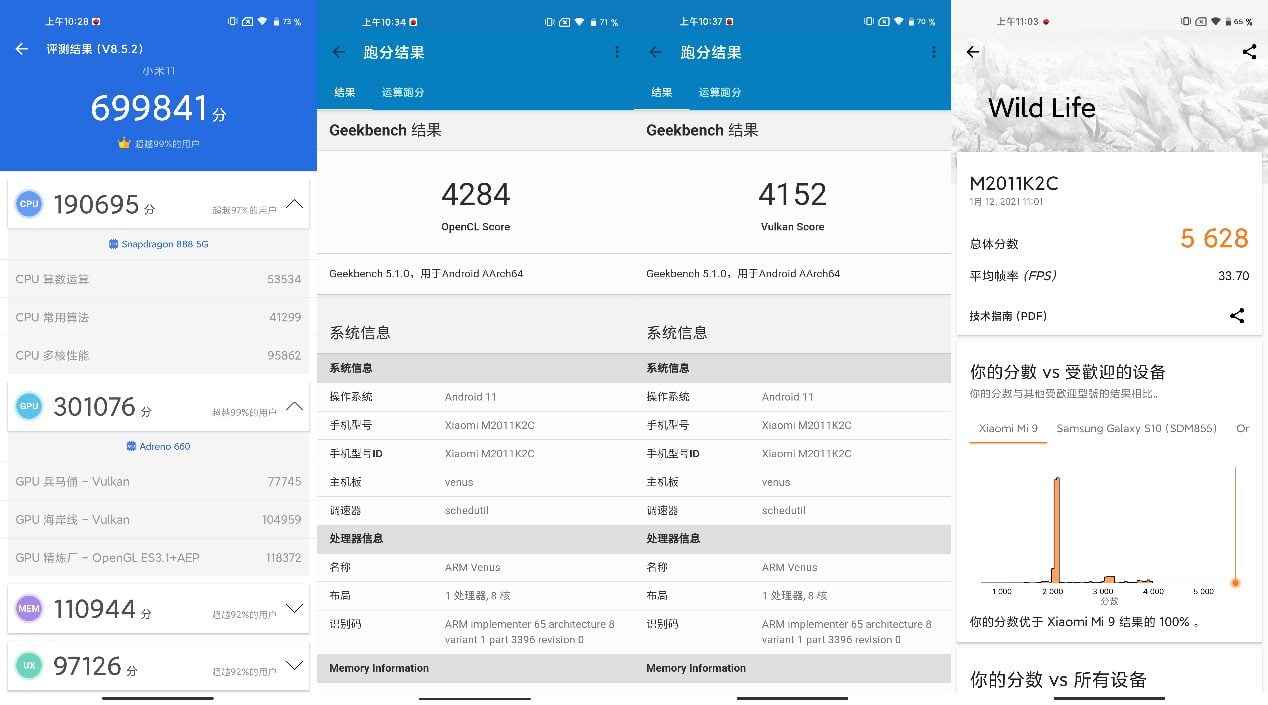
In comparison, the results obtained by the Xiaomi Mi 11 are 4284 in OpenCL, 4152 in Vulcan and 5628 in 3DMark. So it can be seen that although the performance of the Snapdragon 865 has improved after overclocking, there is still some gap between the two chips.
However, we are still talking about synthetic and not real benchmarks, and it is in the latter that the Xiaomi Mi 10 seems to perform better.
The Chinese media have in fact carried out a real test playing the game "Original God", both smartphones use the same screen settings and for a duration of 15 minutes.
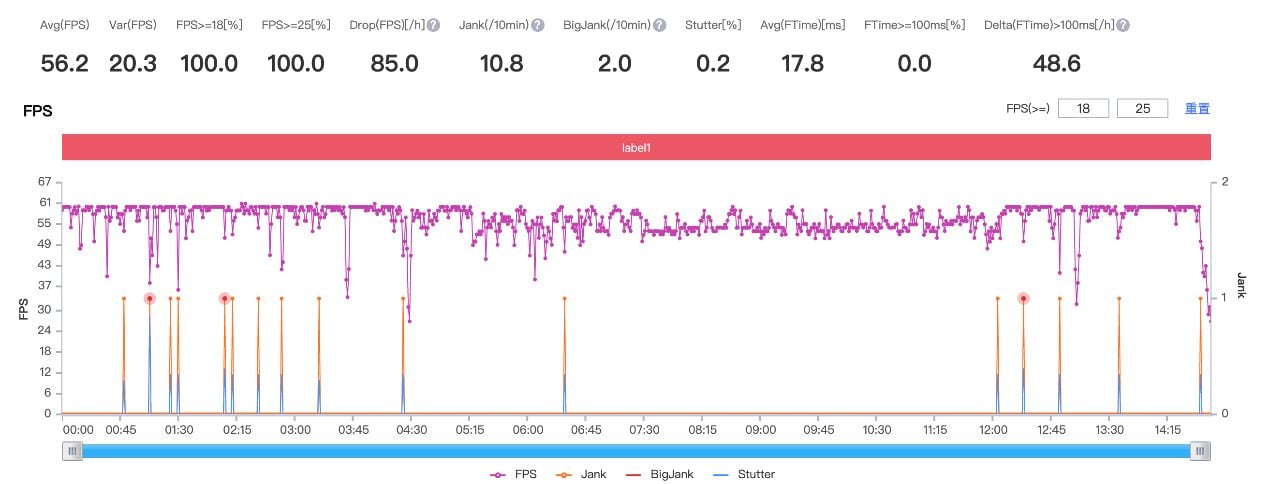
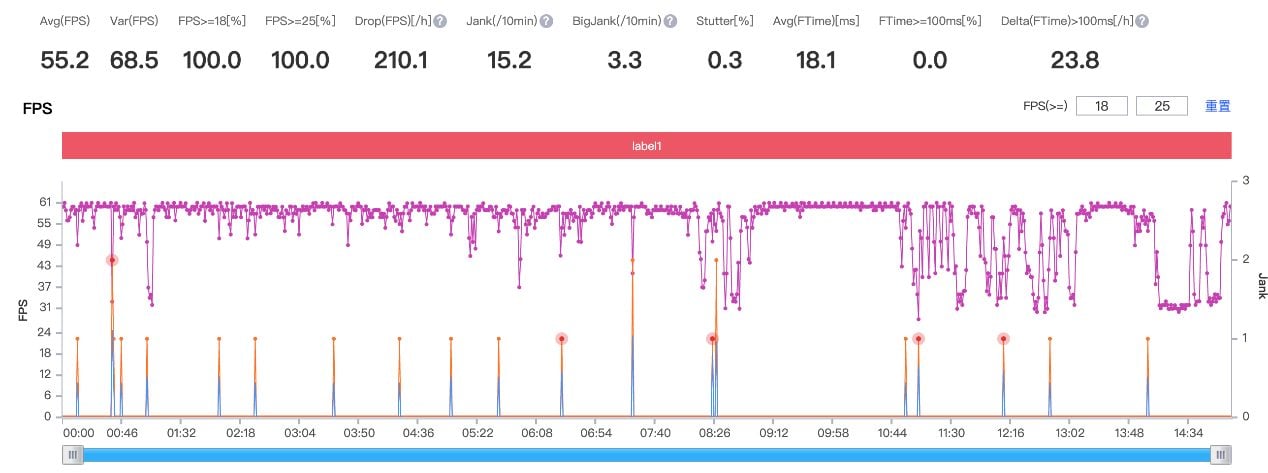
In the frame rate curve we see that in the first 8 minutes the Snapdragon 888 and the Snapdragon 865 are basically similar and can stably maintain 60fps. However, as time goes by, the Snapdragon 888 loses more frame drops caused by a drop in frequency. This frequency fluctuation is much greater than that of the overclocked Snapdragon 865. So the Xiaomi Mi 10 seems to beat the Mi 11 in this case.
How is this possible? Well quite simply, the Xiaomi Mi 10 has a better dissipation system than the Mi 11. This means that even under stress, the smartphone manages to keep the temperature relatively low and does not need to lower the frequency. On the other hand, the Mi 11 seems to overheat quickly, lowering the frequency of the SoC which in turn creates a drop in frame rates.
Clearly the Snapdragon 888 has several other features that make it superior to the Snapdragon 865, but it is still strange to see it defeated by its predecessor in a real test.






